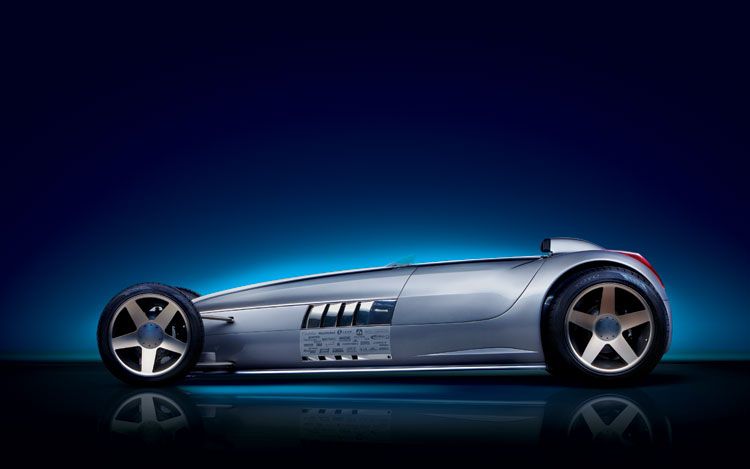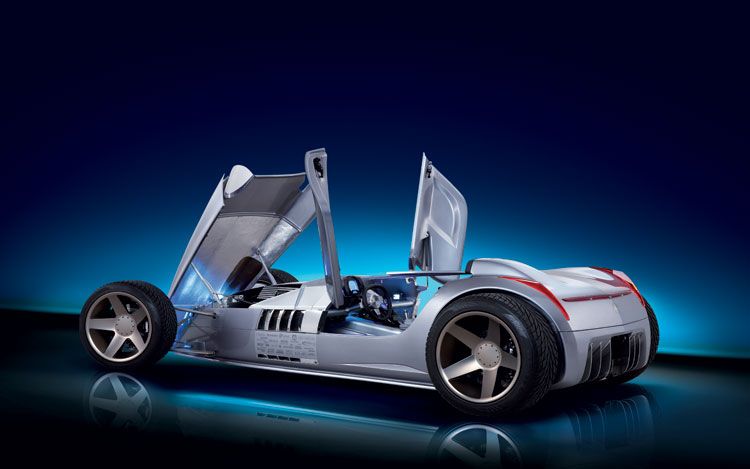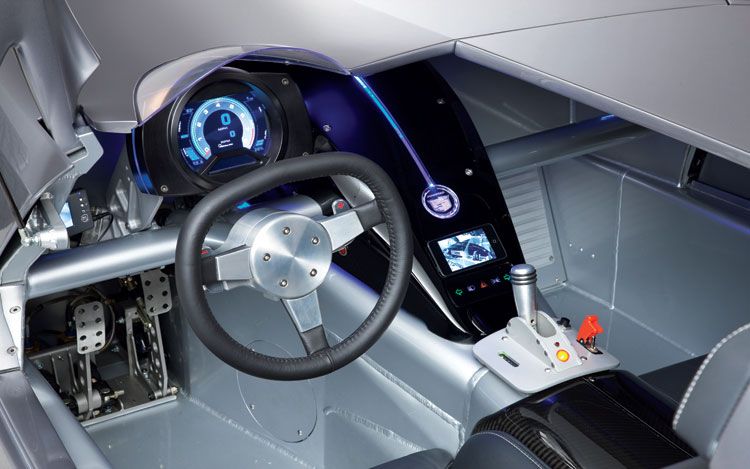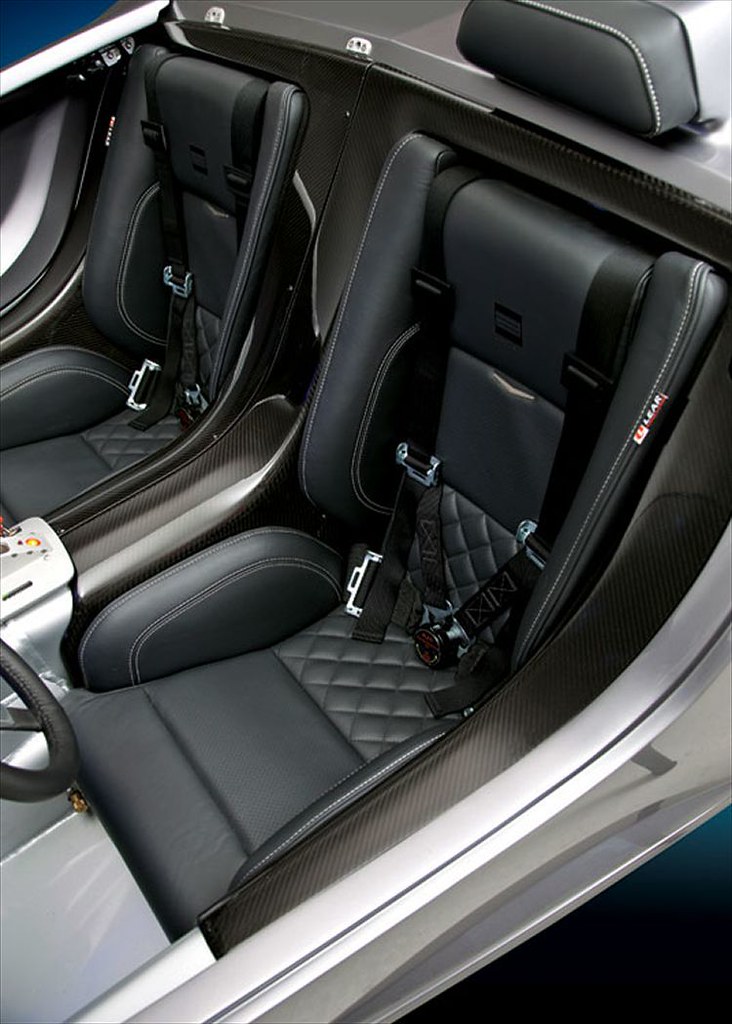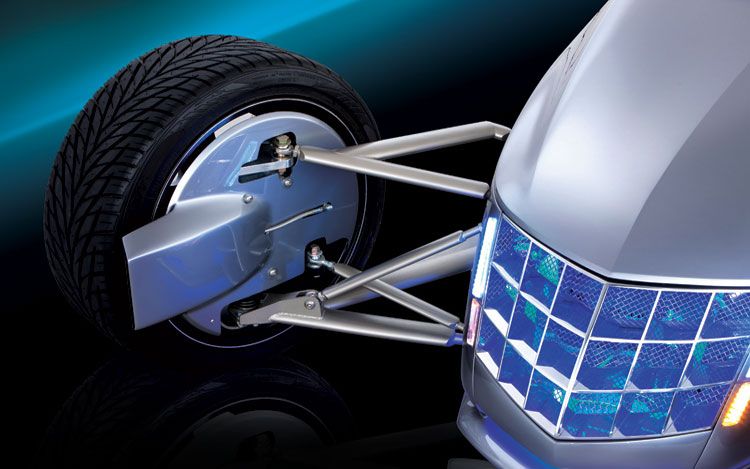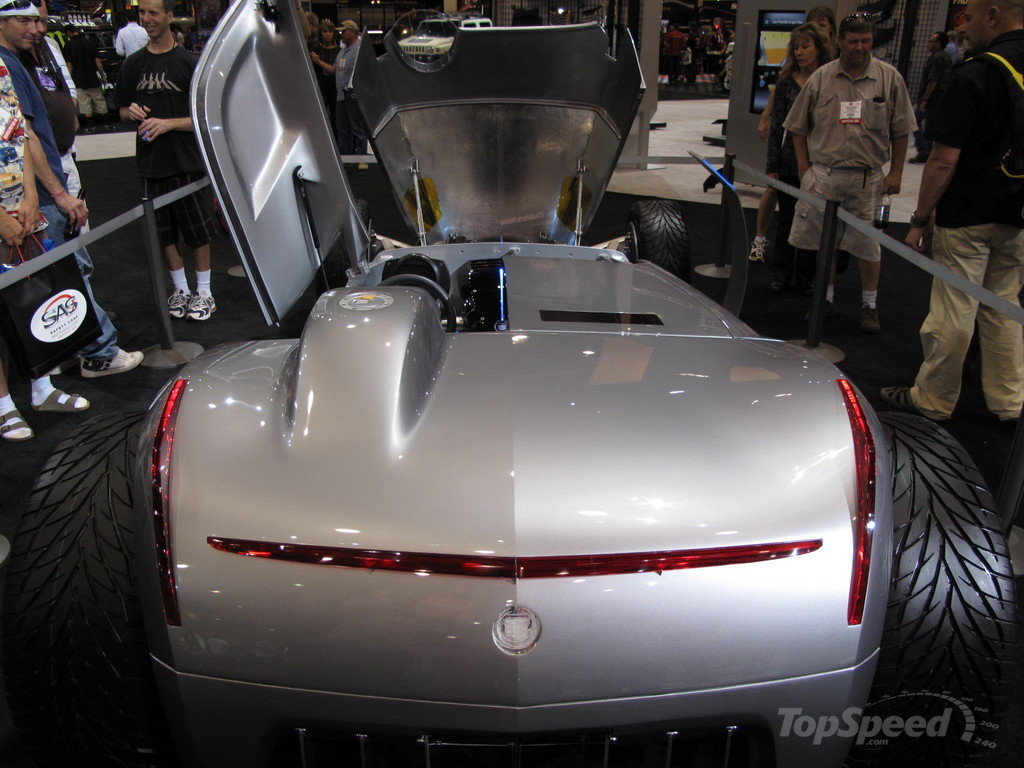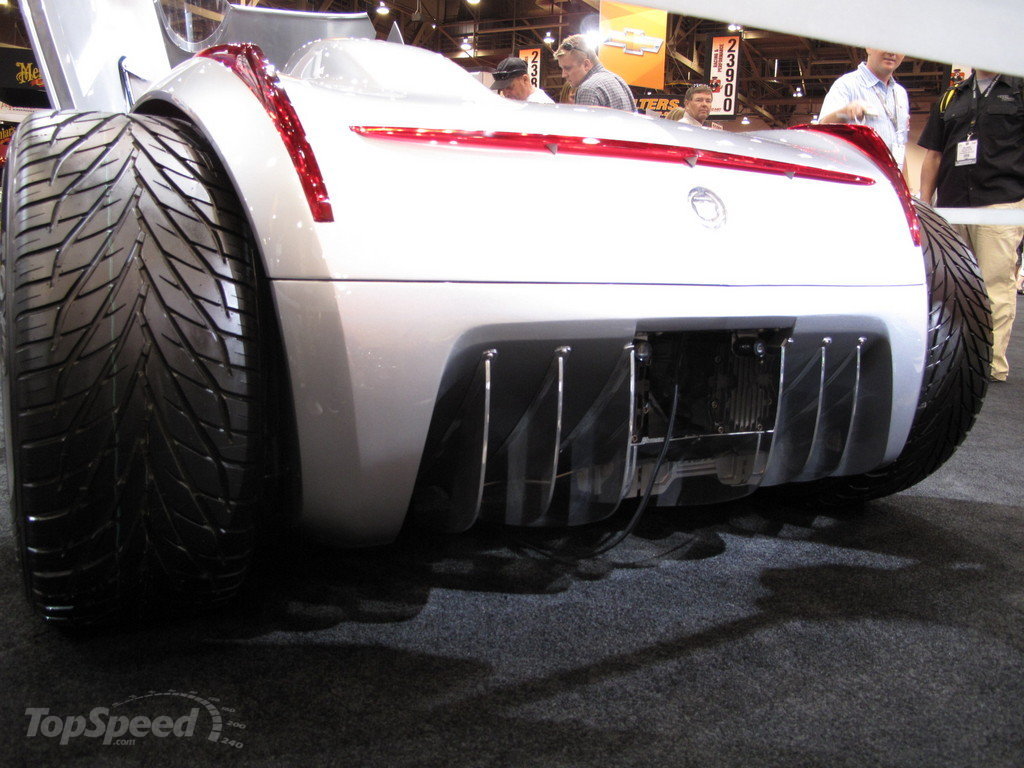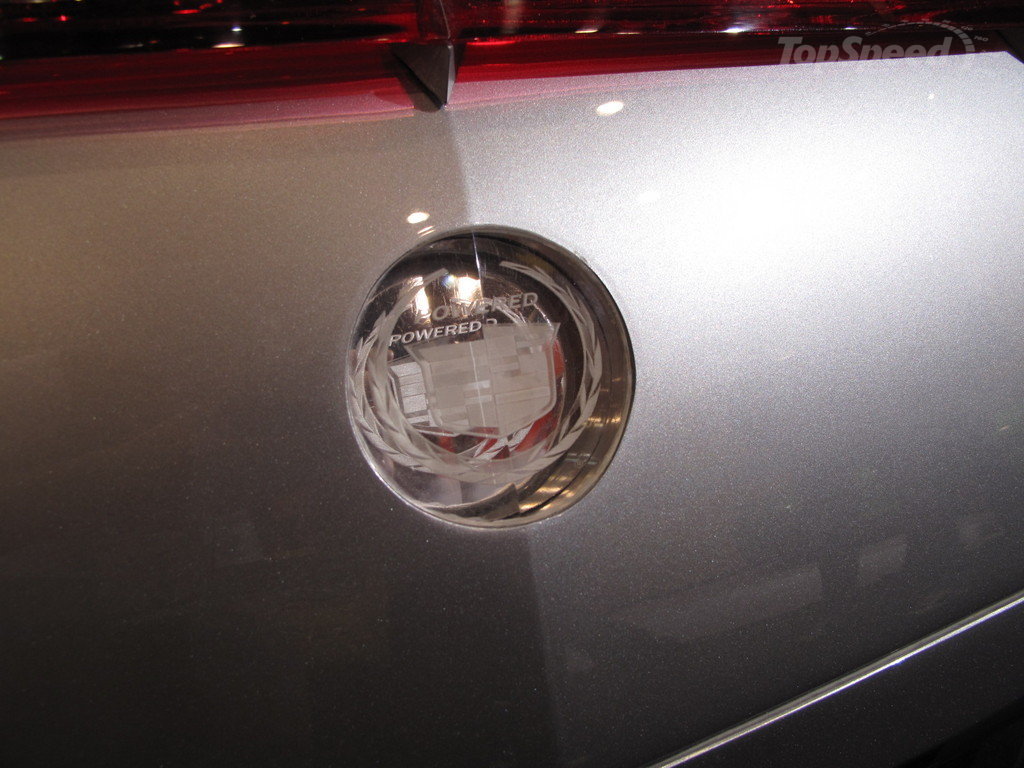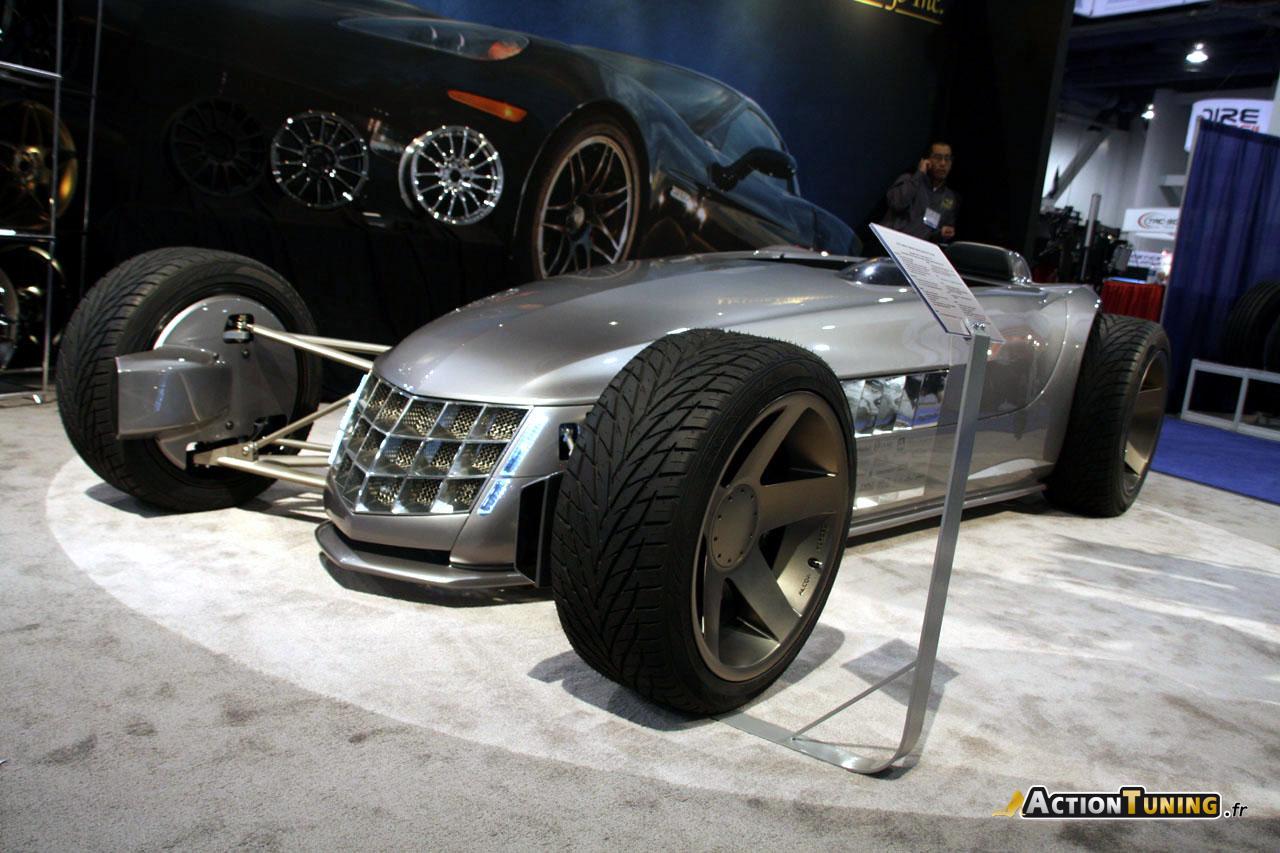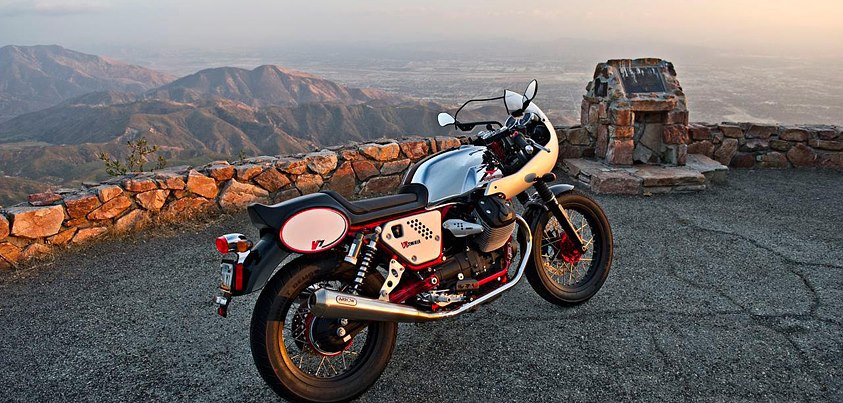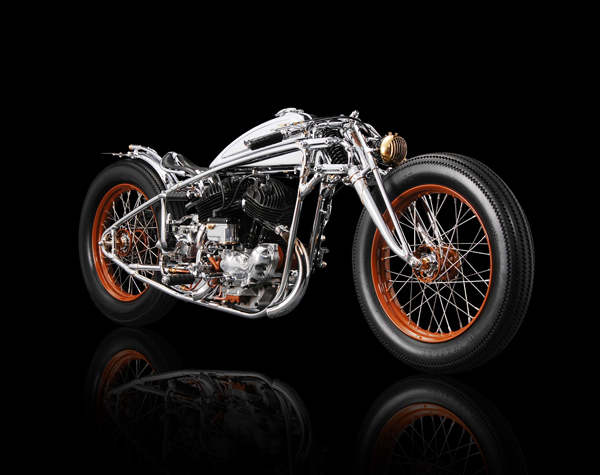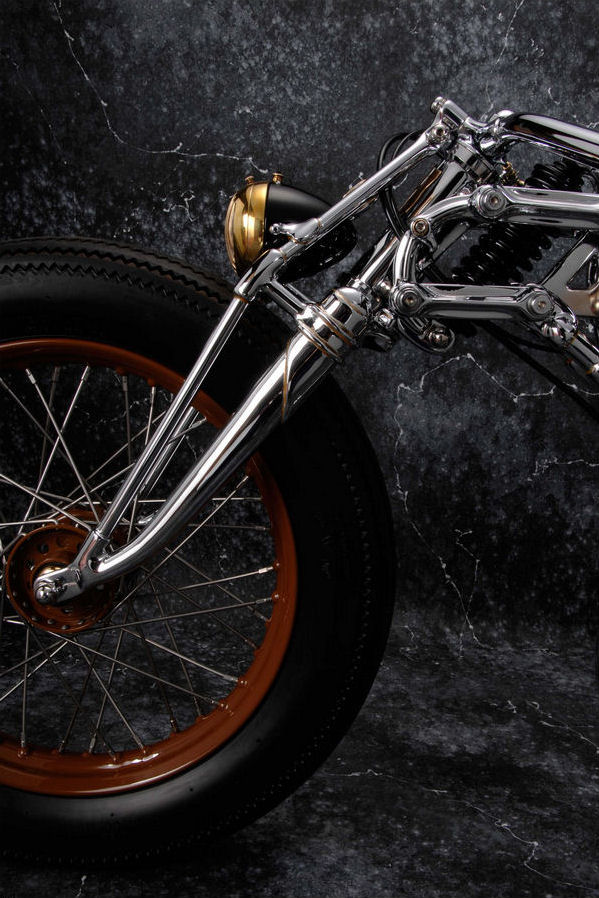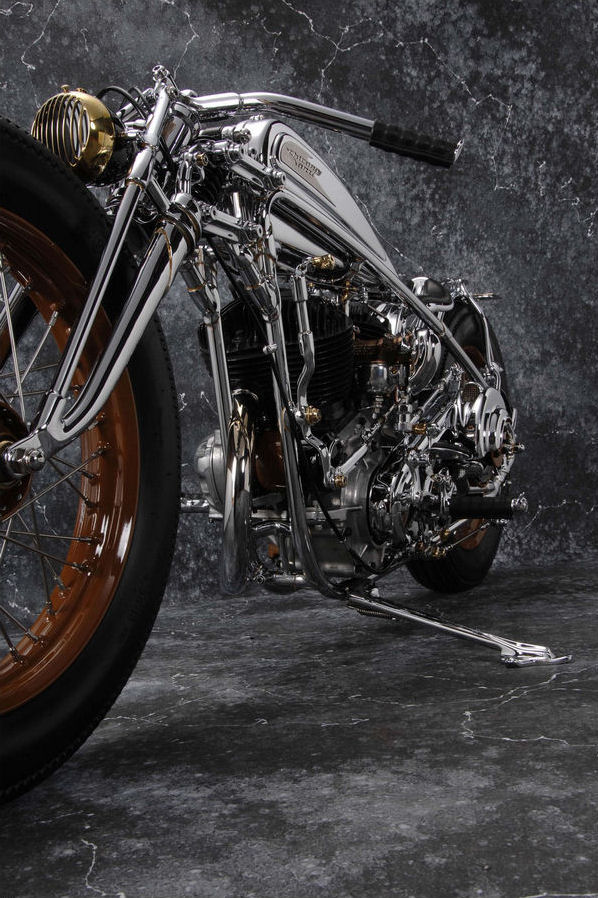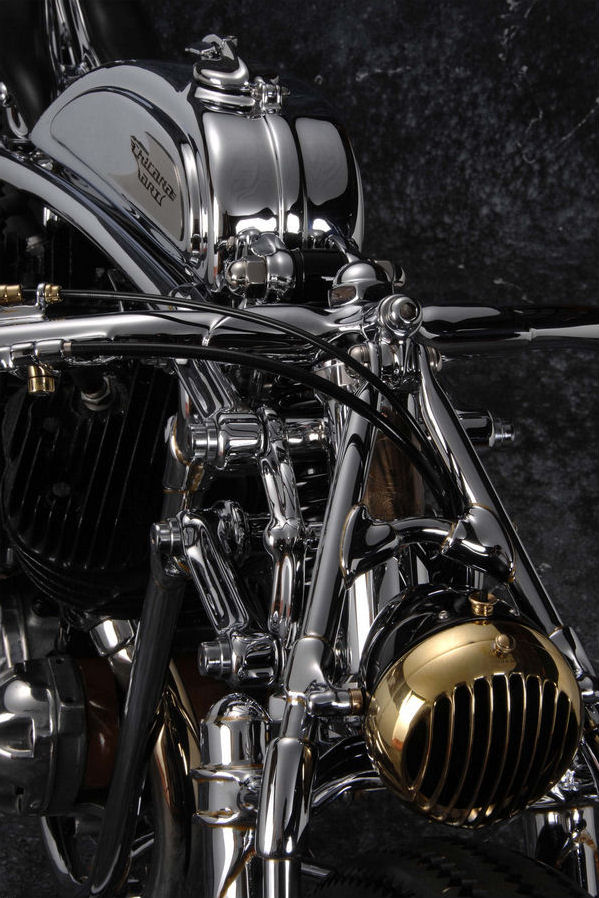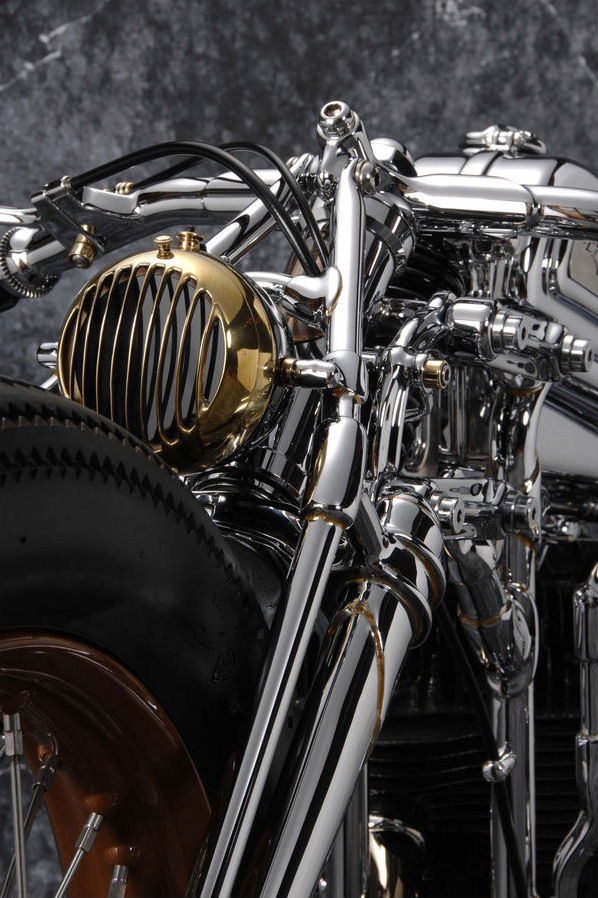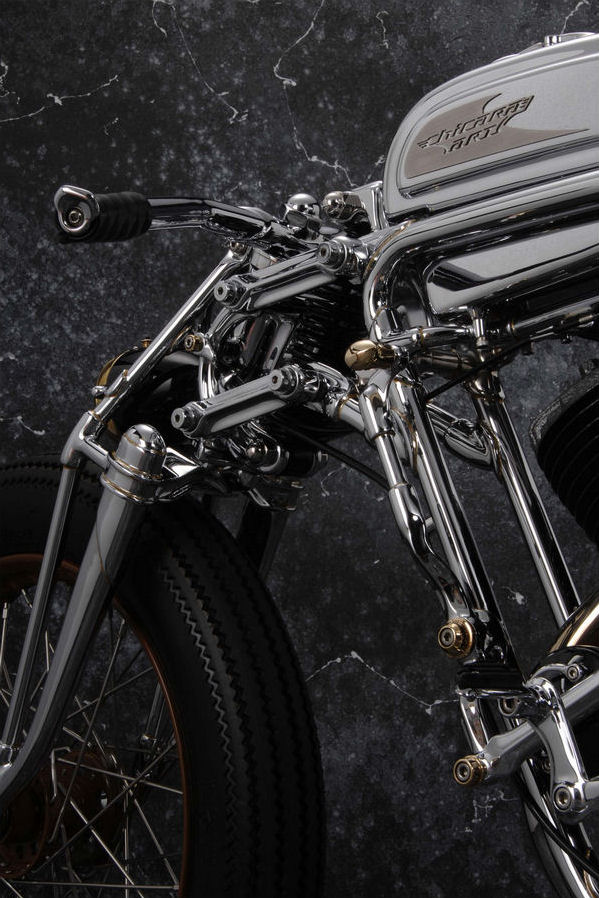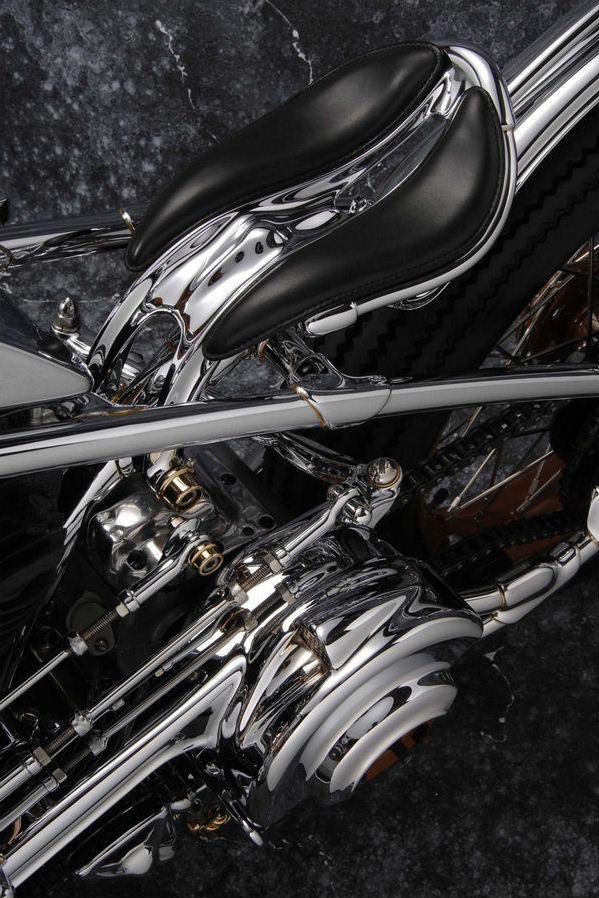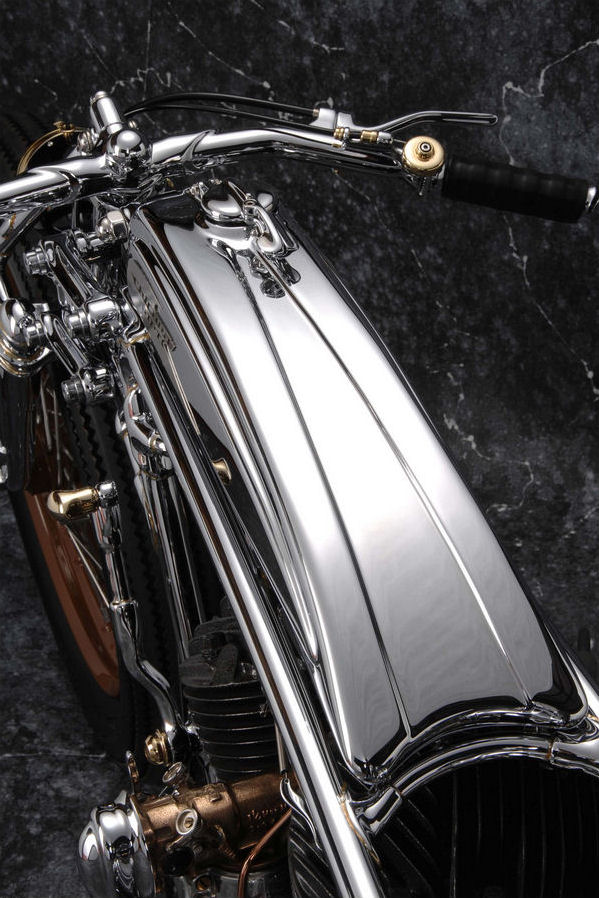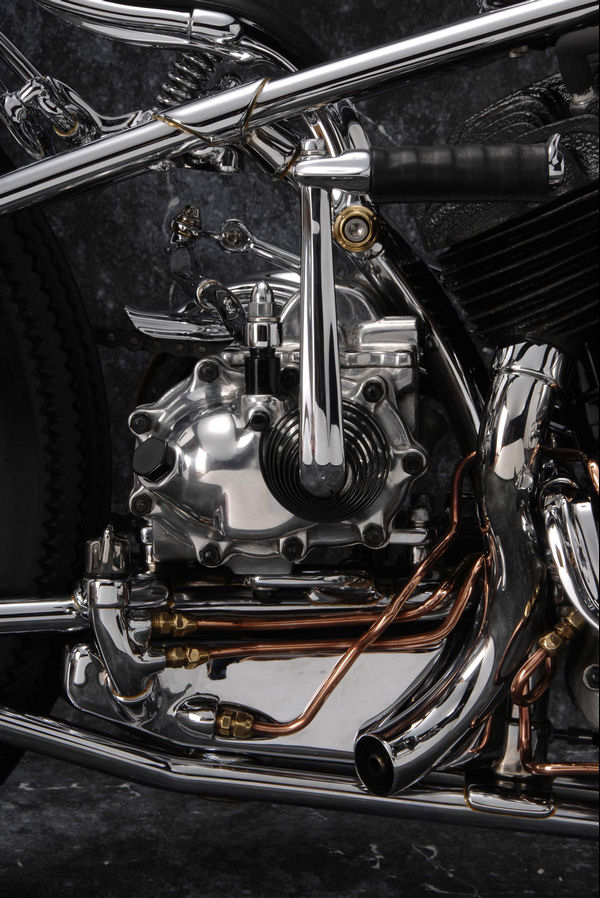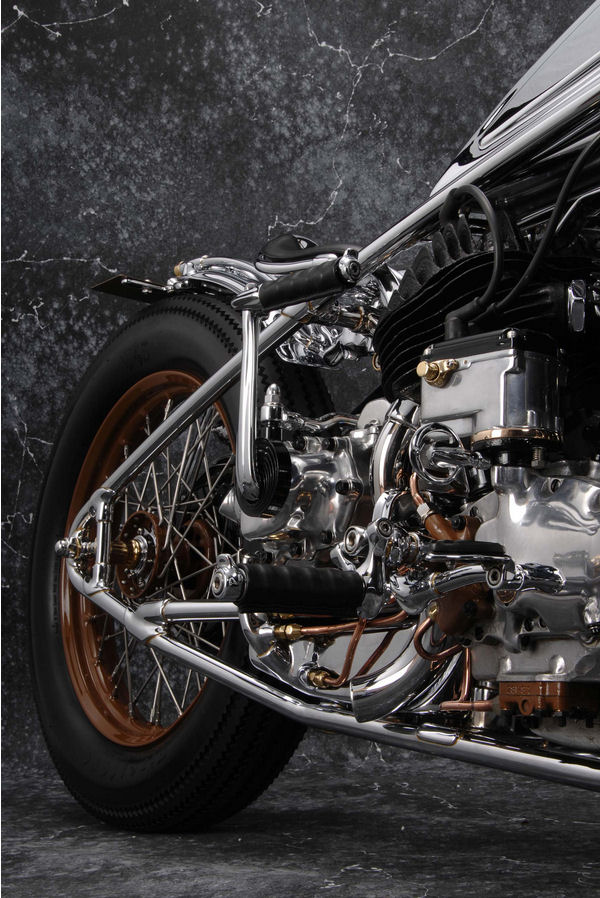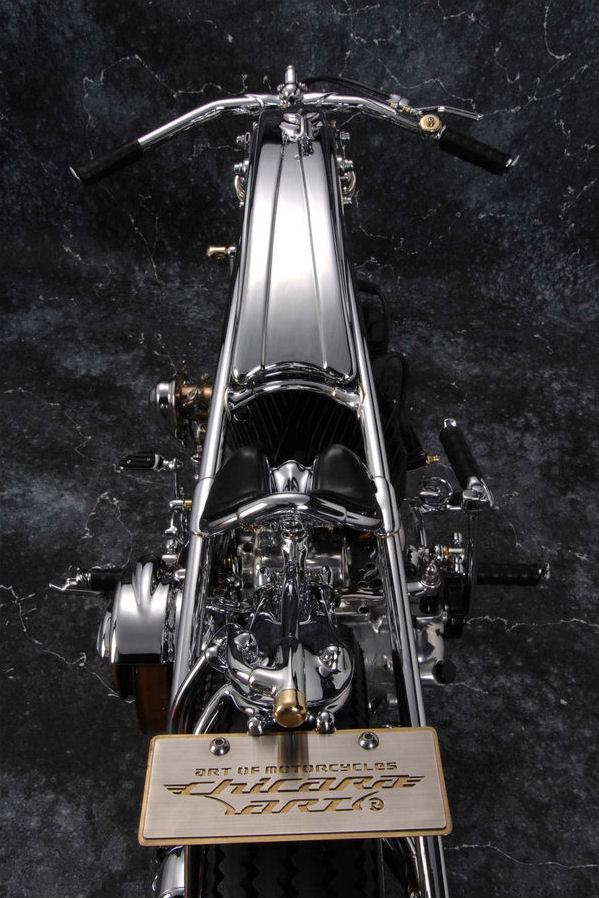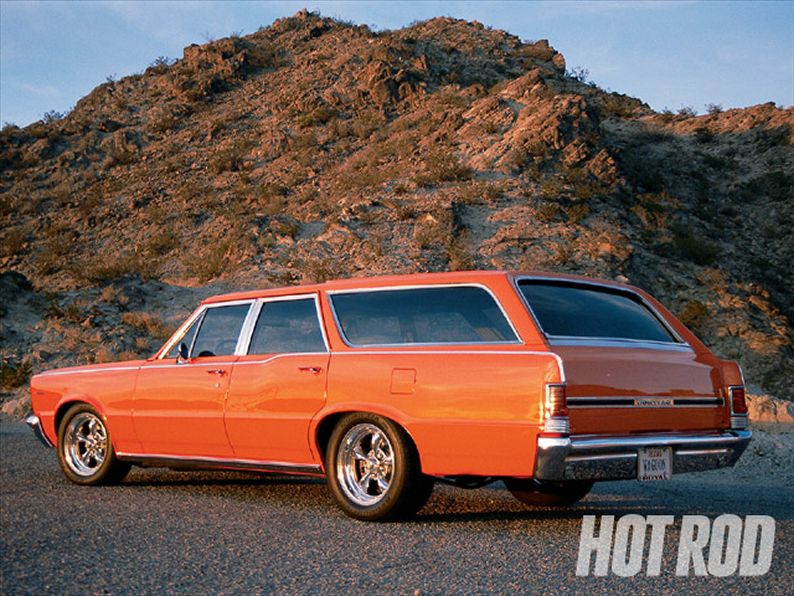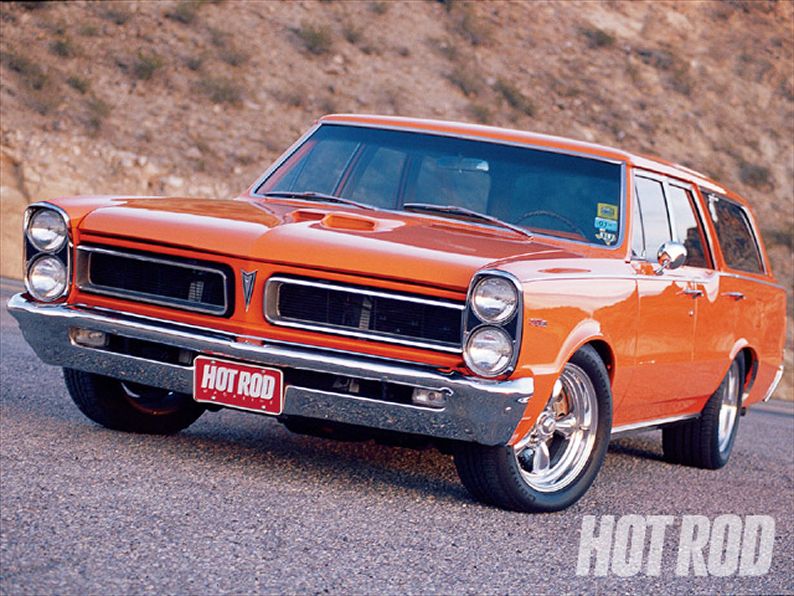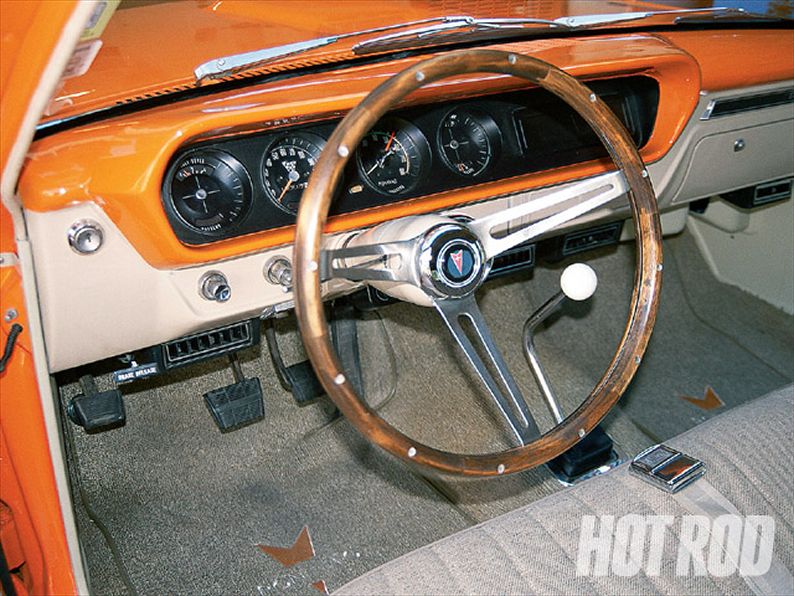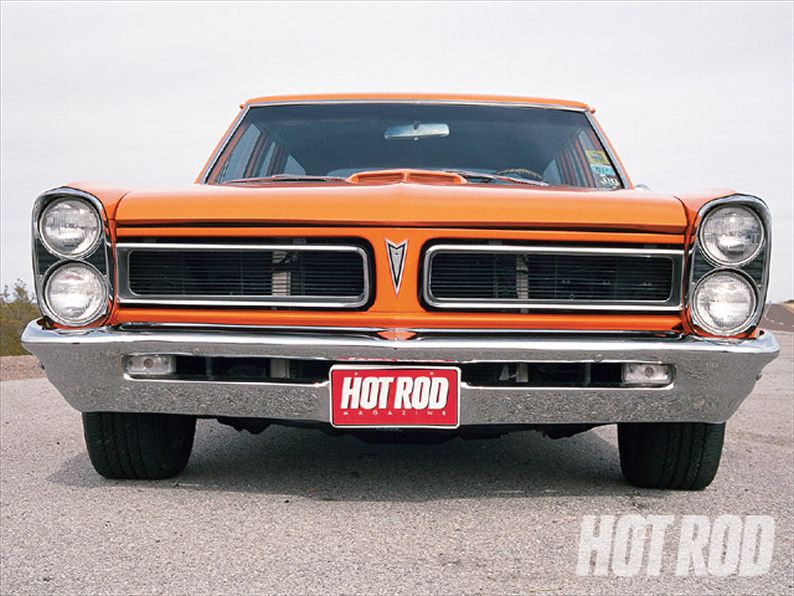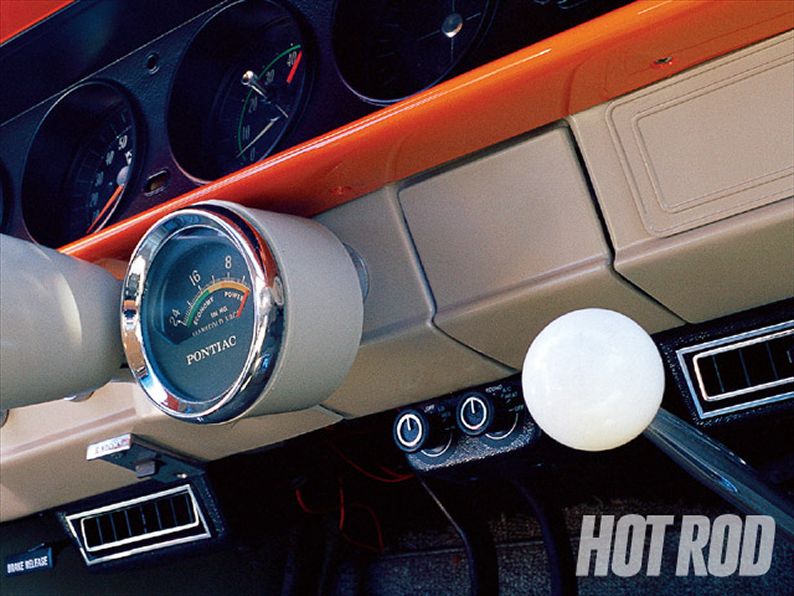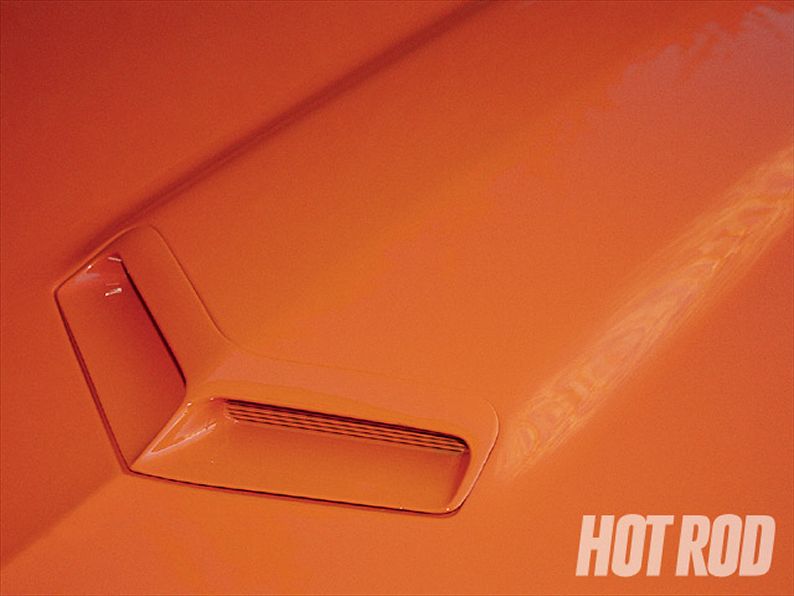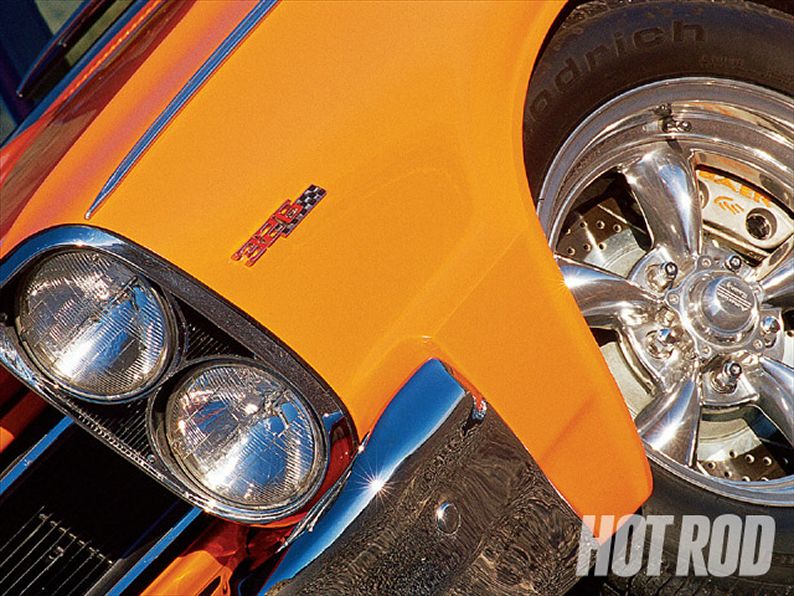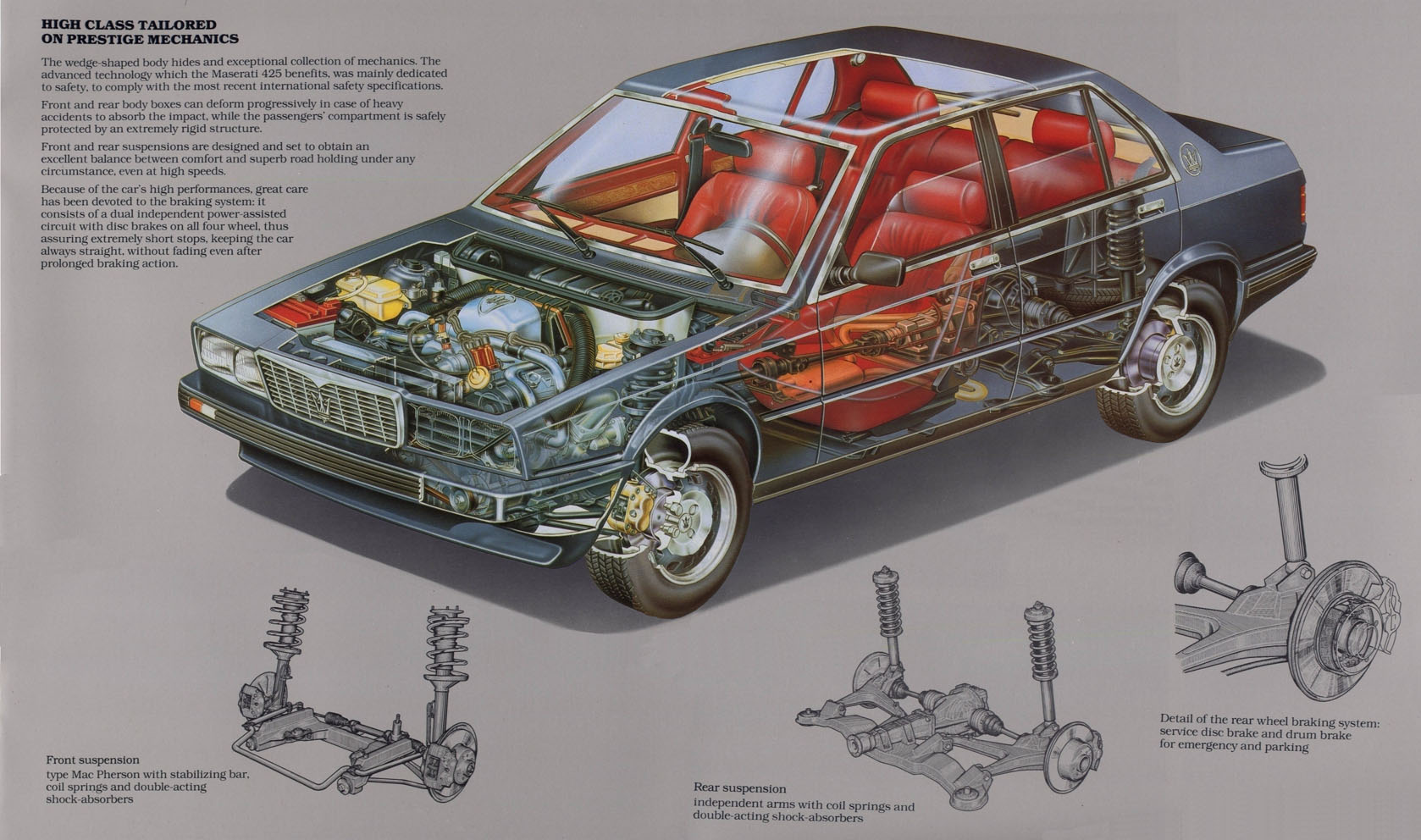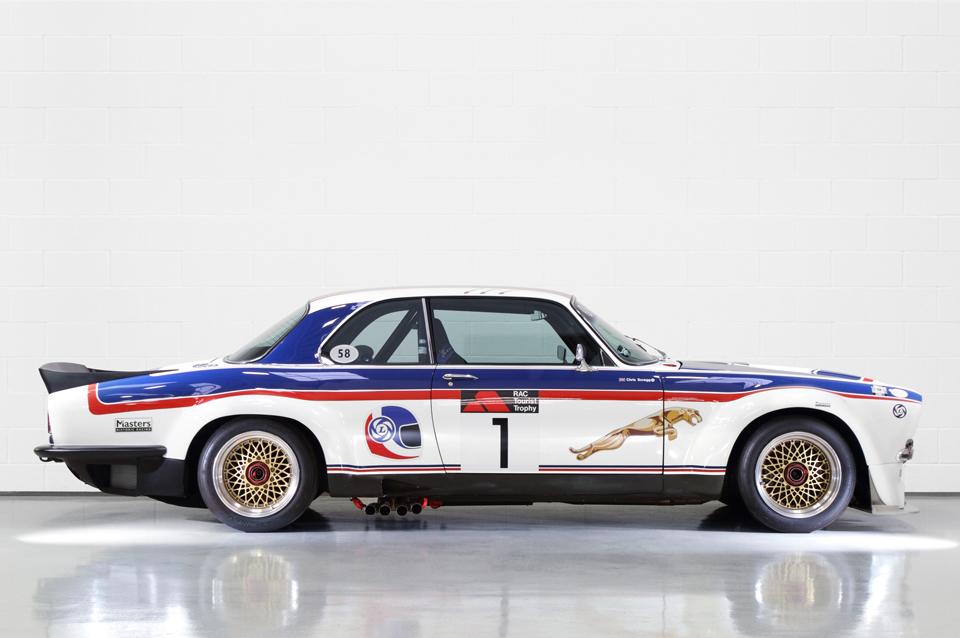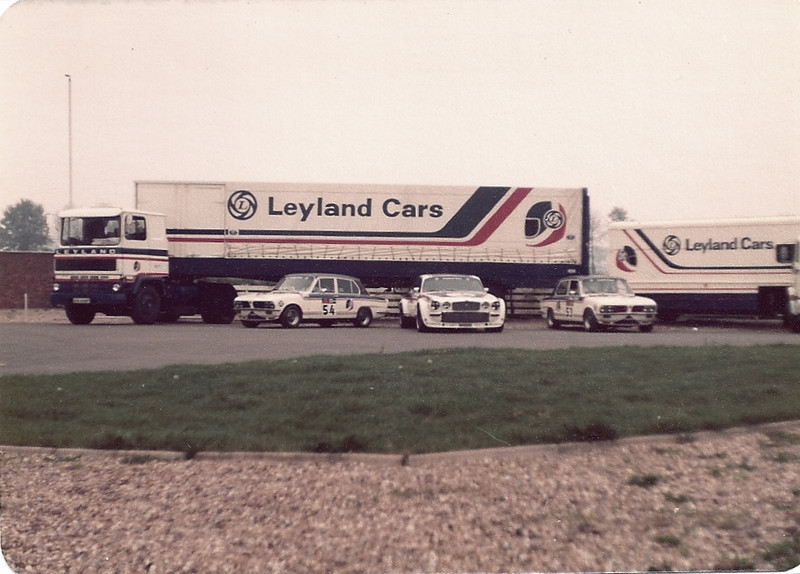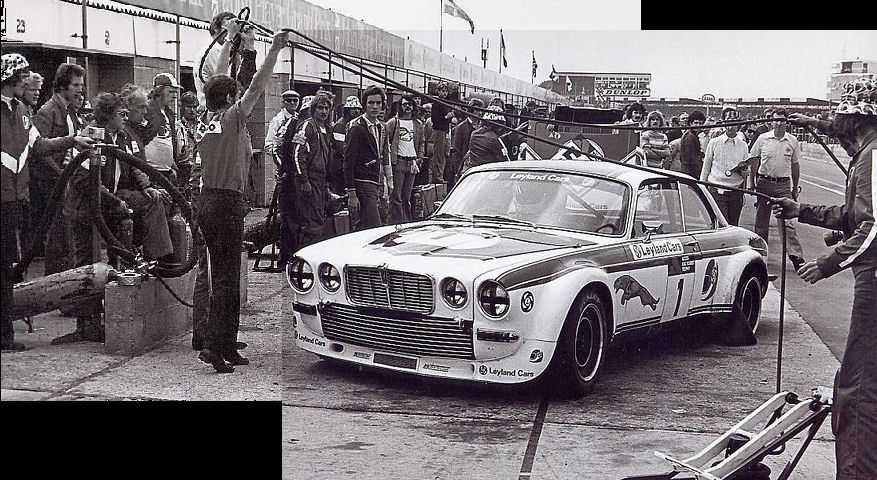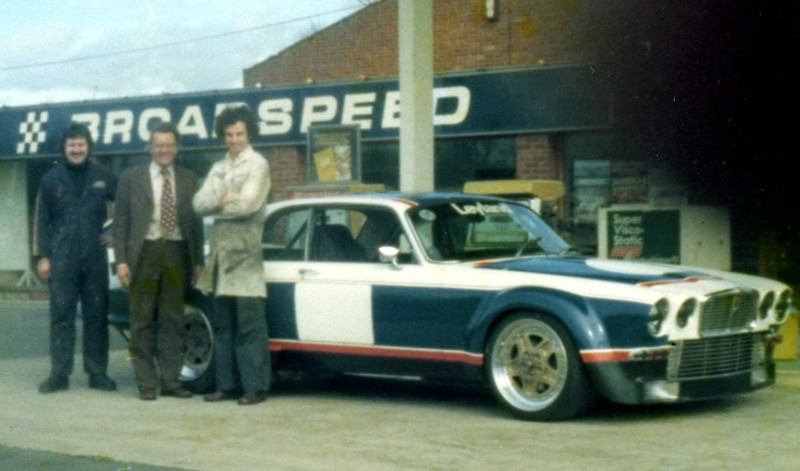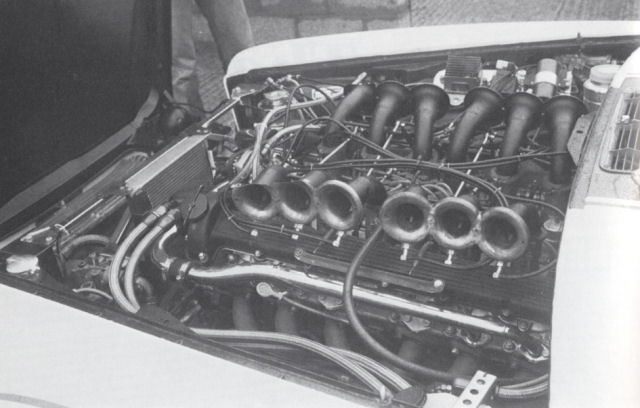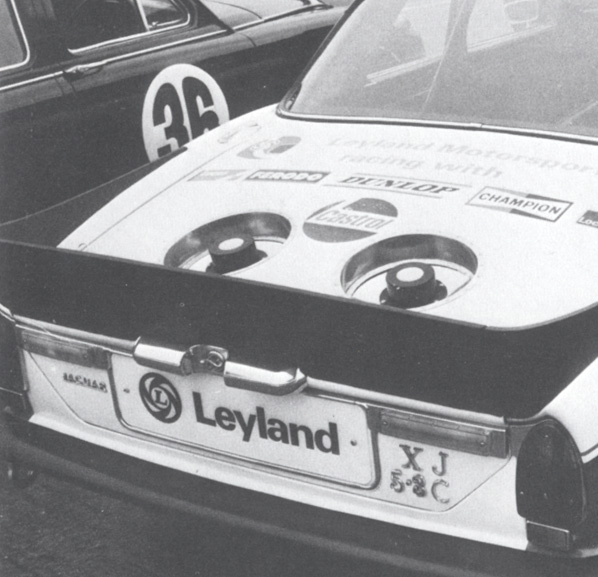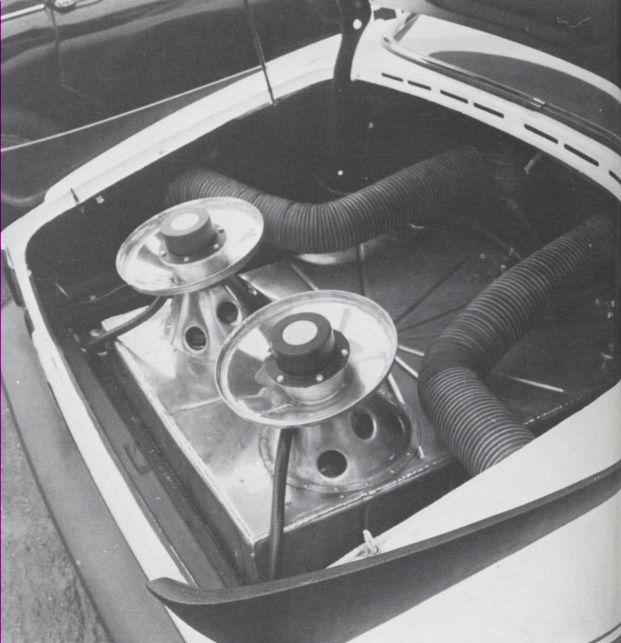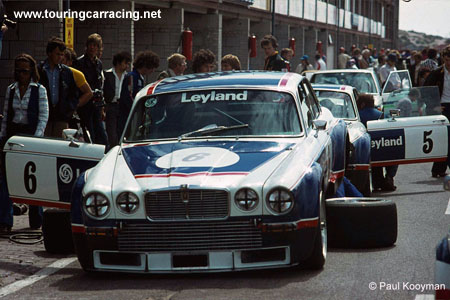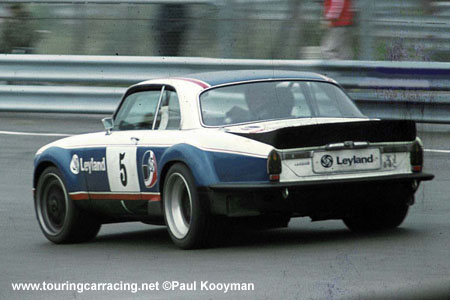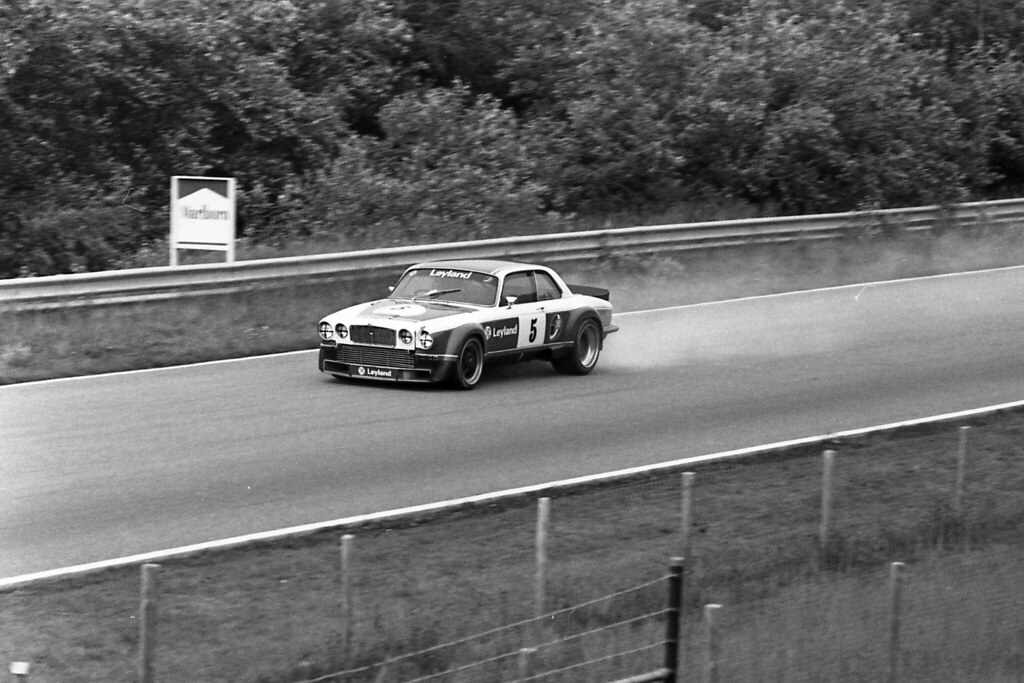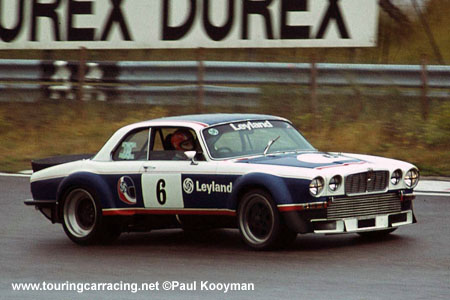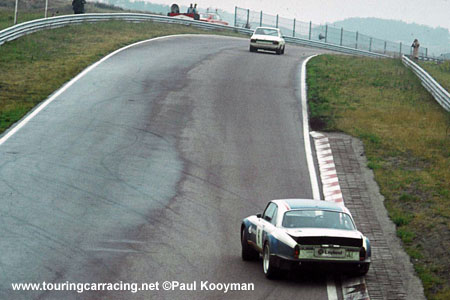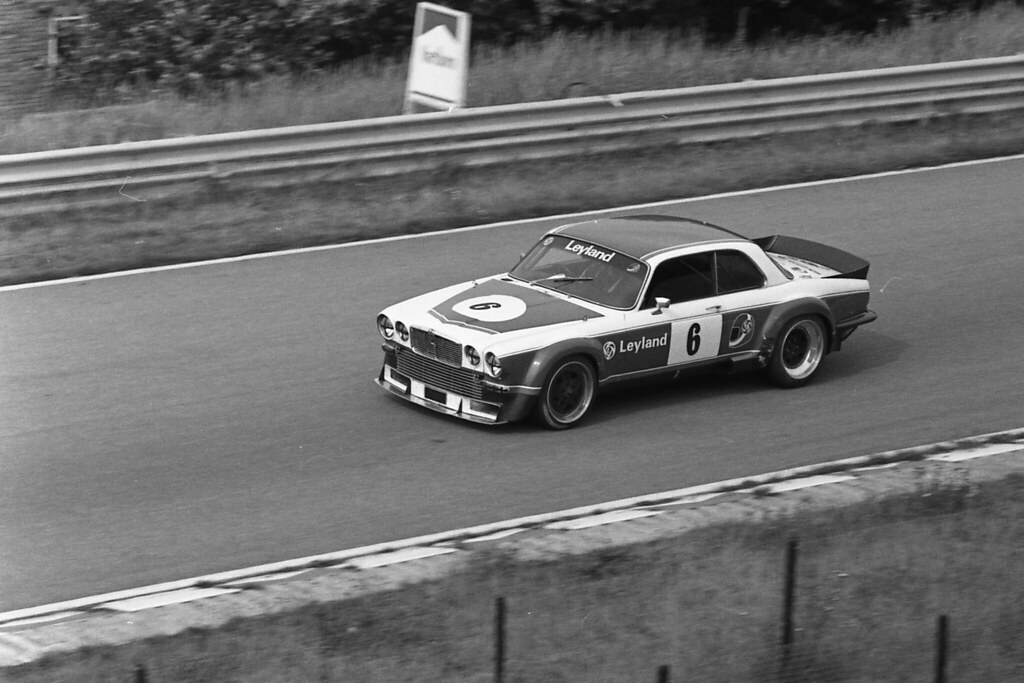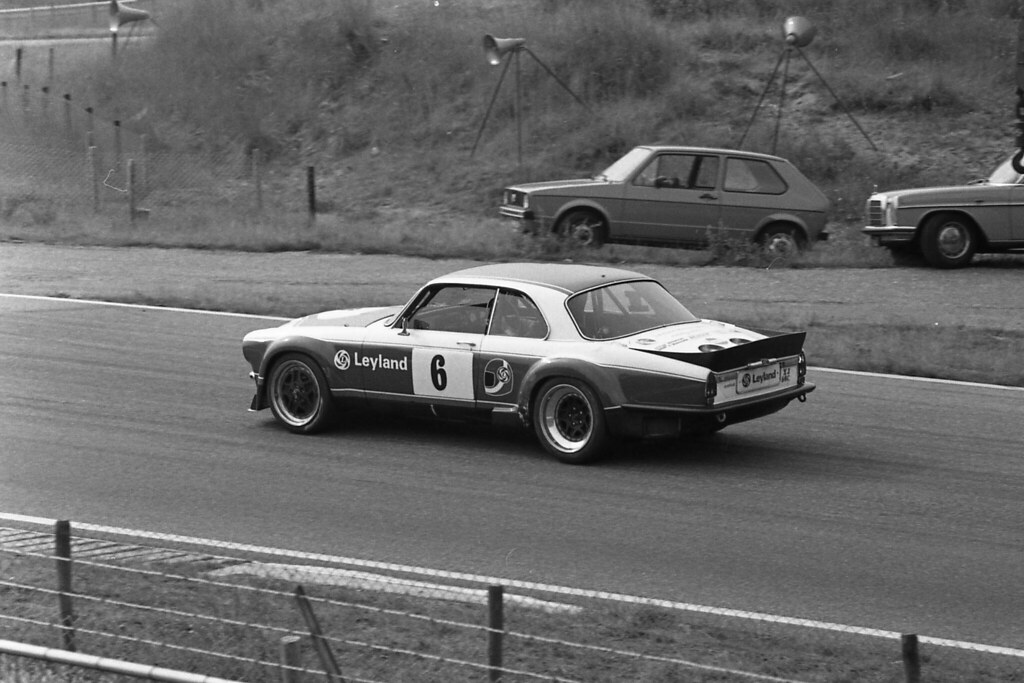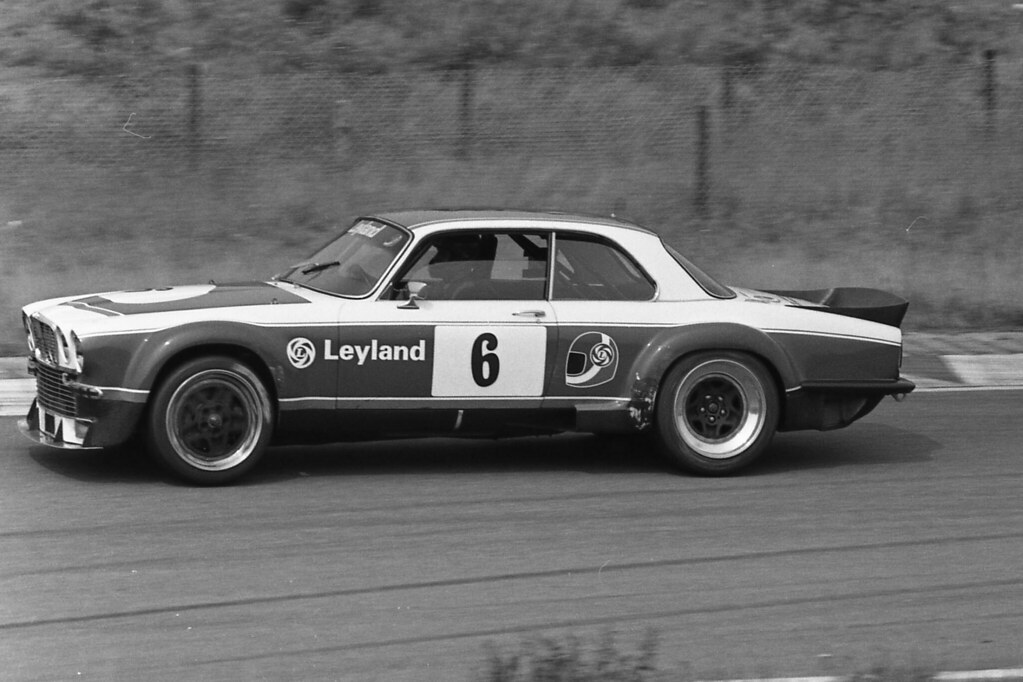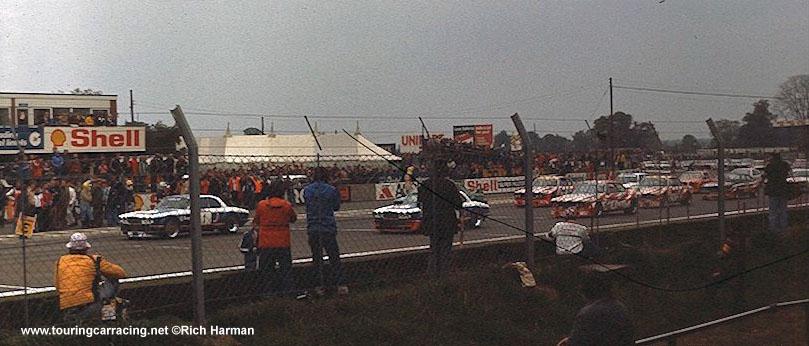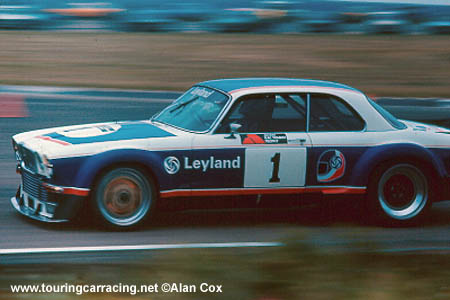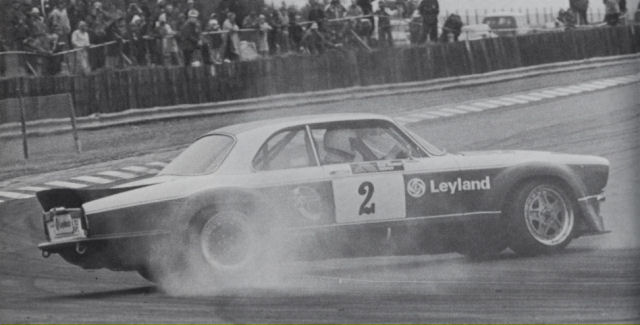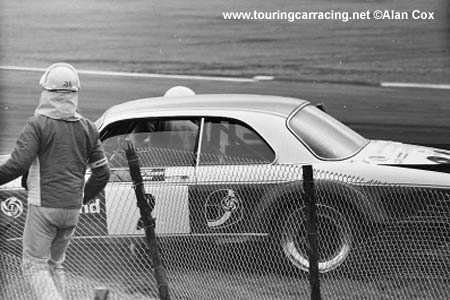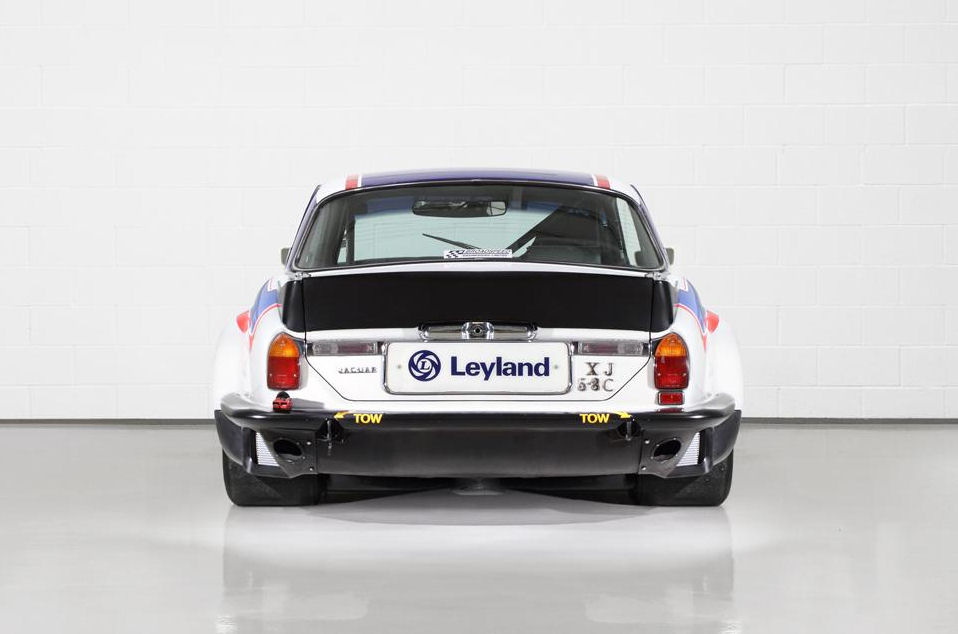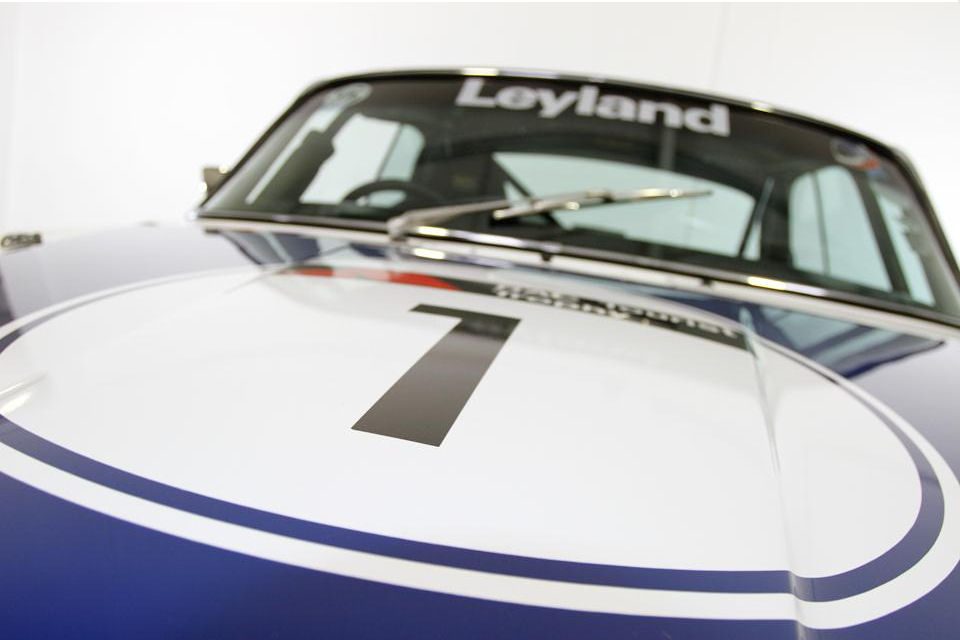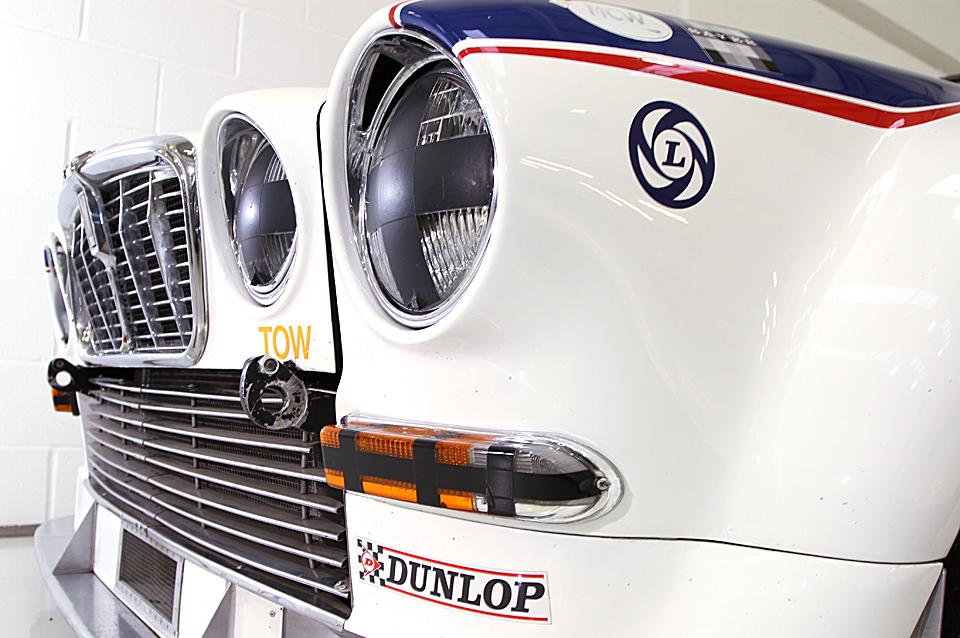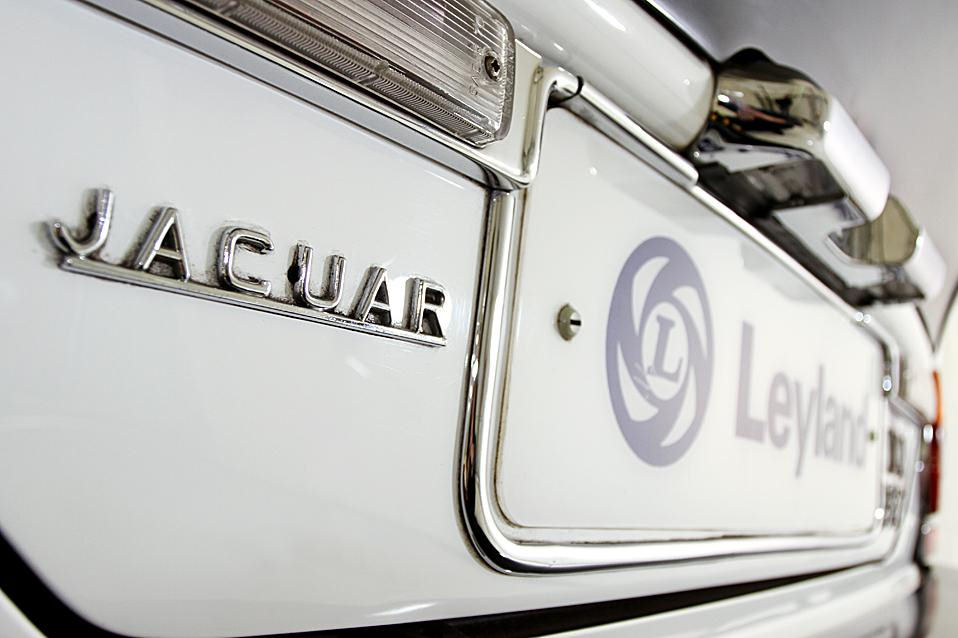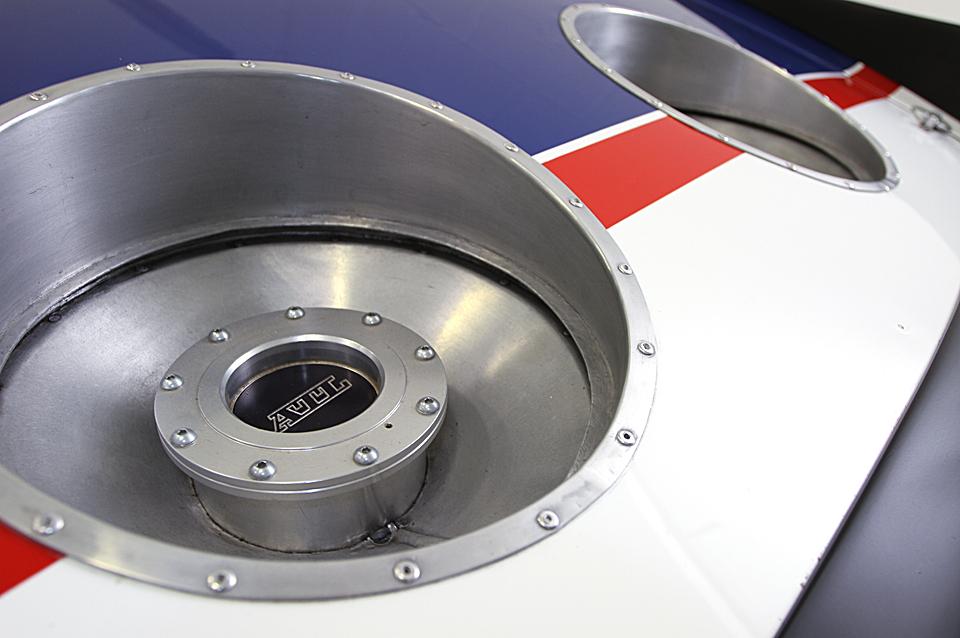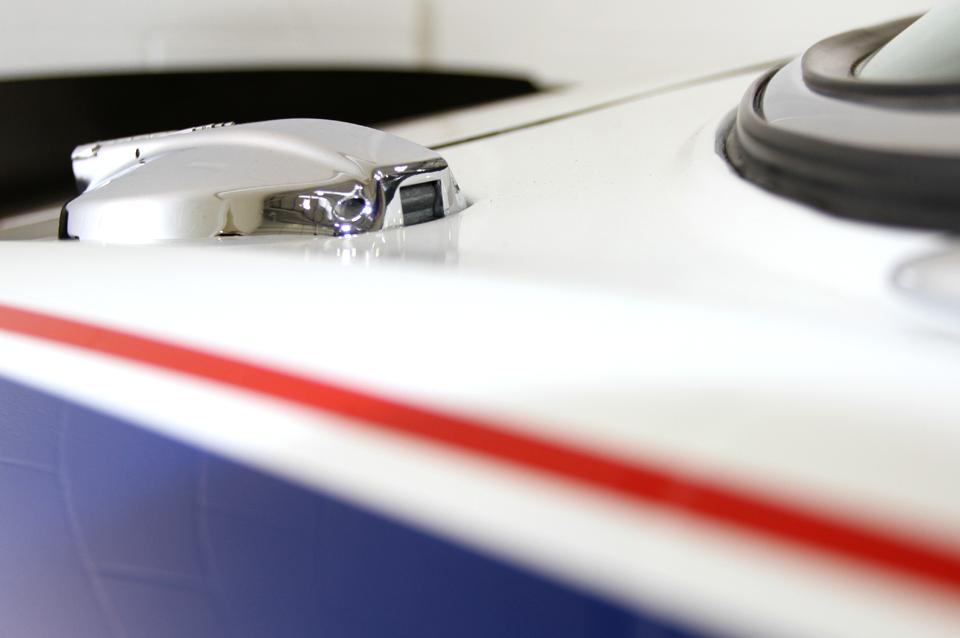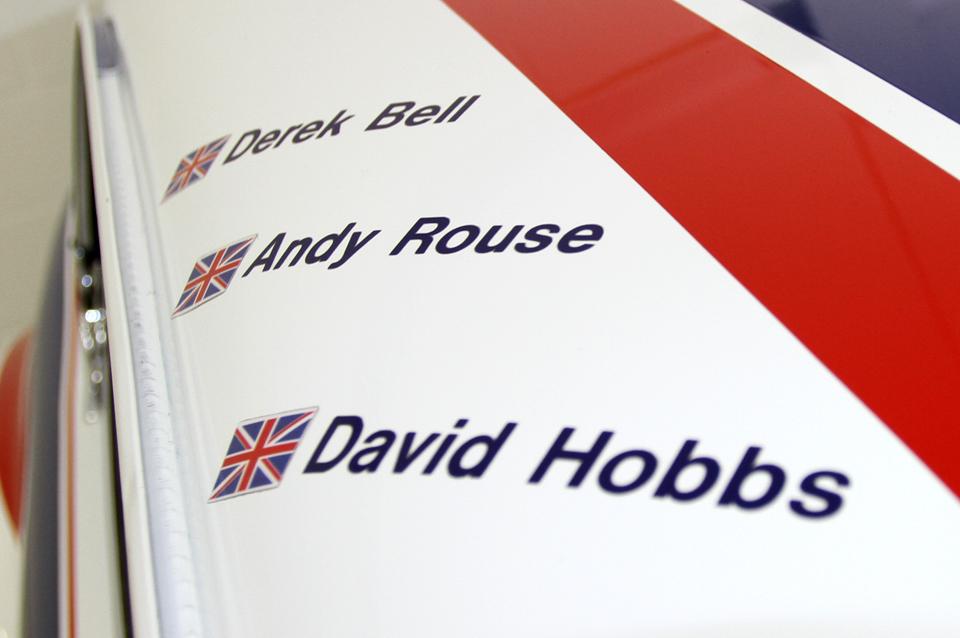Transcribed from the July, 2010 issue of Motor Trend
Q.What do you do when you've spent 42 years working on concept cars for GM?
A. Build one for yourself, of course
'You'd think that after 42 years in the saddle at a single company, a guy might view retirement as a chance to kick back a little. Travel, maybe. Play a little golf. Or just sit around the pool with a tall cold one and a contented smile. Not Wayne Cherry. After a distinguished career at General Motors that culminated in his being appointed only the fifth vice president of design in the company's history, he decided to build a concept car of his own.
"You just can't stop designing, you just can't stop being involved with cars," Cherry explains. "You start to do something like this, and it turns into a concept vehicle." He makes it sound like a winter garage project that got a little out of control, which at a basic level perhaps isn't a million miles from the truth. Then you take a close look at Cherry's VSR street rod, at the hardware, the workmanship, and, most of all, the design, and you realize it could easily take centre stage as a concept car on the GM stand at the next international auto show.
Wayne Cherry has always loved concept cars. He joined GM in 1962, straight out of California's Art Center (sic) design school, and was assigned to the advanced design studio at the Tech Center, where, among his first assignments, he assisted on a project that became the first Oldsmobile Toronado, one of the high watermarks of Bill Mitchell's stint as GM design chief. He also worked on the design for the '67 Camaro, before shipping out in 1965 to work at GM's British subsidiary, Vauxhall. What was meant to be a three-month assignment turned into a 26-year stint that culminated in his being made head of GM's European design operations.
At Vauxhall, he worked on the gullwing XVR, the brand's first-ever concept car, which was unveiled at the 1966 Geneva show. His wild, mid-engine SRV, shown at the 1970 Earls Court Motor Show in London, was a four-door, four-seater that stood just 41 inches tall. The Equus, one of the star concepts of 1978, was a crisp, state-of-the-moment roadster that rivaled the best from Bertone and Pininfarina. "That's the most uncompromised design I've ever worked on," Cherry said at the time.
Back in Detroit, he was appointed vice president of design in 1992. It should have been the dream job, but by 1992 design no longer enjoyed the primacy at GM it had commanded during the Earl and Mitchell eras. Instead, as GM's product development processes became hopelessly entangled in the disastrous reorganizations of the 1980s, design was subordinated to engineers and newfangled "brand managers." That the Pontiac Aztek was launched on Wayne Cherry's watch was less an indictment of the man's design sensibilities than an indication of the catastrophic mess GM's product development process had become by the 1990s.
While getting great-looking production cars through the system was a tough slog, at least until Bob Lutz arrived in 2001 and started to reorganize GM's product-development process, Cherry had more leeway when it came to concept cars. At one point, his team churned out no fewer than 45 concept vehicles in six years, with more built for internal design reviews by senior GM brass. "I think the concept vehicles really showed the capability of the design organization," he says. He views the extravagant Cadillac 16 concept, revealed in 2003 and regarded by many rival designers and critics alike as the finest piece of work from GM Design since the Mitchell era, as his crowning achievement.
The 16 was a vision of Cadillac's future, a mobile storyboard for the brand's return to the top echelon of the luxury-car business. It evolved the Art & Science design language that was first revealed with the mid-engine Cien and Evoq roadster concepts and had started to appear in production Cadillacs like the first-gen CTS and SRX. There's a clear link between all these cars and the VSR. But why an Art & Science street rod? And why now?
Cherry says his return to the U.S. in the early '90s rekindled an interest in street rods he'd had in the '50s, when he'd raced a D/Gas Chevy on Indianapolis dragstrips. So he figured he'd design a rod, a fairly simple, straightforward roadster. With a twist. "When you look at the diversity today in rods, you've got the big buck expensive stuff; you've got 'new-old' rods with bodies and frames out of a catalog; you've got people restoring '50s rods, which are now a class at Pebble Beach; and you've got Rat Rods, where there's some real creativity. But from a designer's perspective, there is a repetitive and traditional design language. I wanted to do something contemporary that would expand the conventional wisdom of a street rod and cross over to a sports car or a supercar."
Cherry wanted his rod to be Cadillac-powered because, in early '50s, before the small-block Chevy was available, Cadillac engines were the premium motors in rods, race cars, and sports cars. "But none of these vehicles had any indication of what the engine was," he recalls, "so I wanted the exterior design to suggest or introduce or set the expectation for the engine. And I wanted to build on all the work we had done on the new Cadillac design language."
The VSR is a lean, edgy, modernista rod that makes Tom Gale's Plymouth Prowler look soft and flabby by comparison. Cherry approached the build as with a proper concept car, taking it from sketches and theme drawings that evolved the idea, to scale drawings that, among other things, ensured the driver and the mechanicals would all fit, to a full-size clay to refine the surfaces and the detailing.
The VSR was constructed at Race Car Replicas, the Michigan-based shop responsible for exquisite recreations of Porsche 917s, Ford GT40s, and Ferrari P4s, among others. The frame is a race-car-style TIG-welded aluminum monocoque with Indy-car-style pushrod independent suspension front and rear with height-adjustable air springs. The engine is a 400-horsepower V-8 from the first-gen Cadillac CTS-V, driving through a GM 4L65E four-speed automatic with paddle-shifters and a quick-change differential. The four-wheel disc brakes feature 13-inch rotors and six-piston calipers, and the steering is rack and pinion. The interior includes carbon-fiber seats by Lear and digital instruments. You can clip an iPod into the center console and control the interior lighting via a touch panel.
The VSR's basic form and proportions might be classic street rod, but the technology and detailing are pure concept-car stuff. Azko-Nobel created a special silver paint for the VSR, for example, and even the wheels are Cherry's own design, milled from billets of aluminium by Alcoa. More than 30 companies contributed products or services during the build.
Cherry used his vast network of connections around the Detroit area to pull it all together, but even so he found it a daunting task. "After 42 years with GM and then you're on your own, it's a whole other world out there," he says. "When I called [suppliers] on behalf of GM, it was part of my job and I never thought about it twice. But when you're calling on your own project it's a lot different. Sometimes I'd put the call off, to get the courage to do it." He now understands just how much creative freedom the GM design studio system allowed him: "Someone said to me it must be terrific not having to make any compromises, but when we did concept cars at GM, our shops were so creative and capable they could do anything. When you're out on your own working with different shops and different people, you have to think about what all the capabilities are and some of the things you can and can't do."
Wayne Cherry's VSR street rod is an extraordinary achievement: a D-I-Y concept car the equal of anything you'd see at an international auto show. So is it time now to kick back, relax? Not exactly. Cherry wants to design another car, this time to win hot rodding's premier show-car prize, the prestigious Ridler Award, which is judged on creativity, engineering, and workmanship and is presented at the annual Detroit Autorama. All he needs is a wealthy patron, someone who's prepared to pay for a concept car of his own.'

